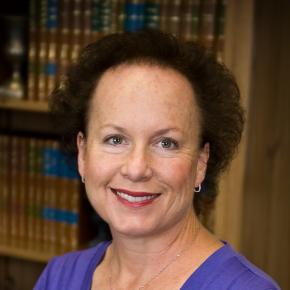Somehow I managed to get through high school and college without taking chemistry, so I never heard of Robert Boyle or “Boyle’s Law.” Here’s what students learn about him:
Robert Boyle (1627-1691) was born at Lismore Castle, Munster, Ireland, the 14th child of the Earl of Cork. As a young man of means, he was tutored at home and on the Continent. He spent the later years of the English Civil Wars at Oxford, reading and experimenting with his assistants and colleagues. This group was committed to the New Philosophy, which valued observation and experiment at least as much as logical thinking in formulating accurate scientific understanding. At the time of the restoration of the British monarchy in 1660, Boyle played a key role in founding the Royal Society to nurture this new view of science.
Although Boyle’s chief scientific interest was chemistry, his first published scientific work, New Experiments Physico-Mechanicall, Touching the Spring of the Air and Its Effects (1660), concerned the physical nature of air, as displayed in a brilliant series of experiments in which he used an air pump to create a vacuum. The second edition of this work, published in 1662, delineated the quantitative relationship that Boyle derived from experimental values, later known as “Boyle’s law”: that the volume of a gas varies inversely with pressure.
What many students never learn is that Boyle was a devoted Christian.
What is absent from this image is the deeply religious man who wrote as much about God as he did about the nature of air; the man who considered himself a “priest” in the “temple” of nature; the man who paid for translations of the Bible into Gaelic and into the language of the Indians in Massachusetts.
Boyle had doubts, but he saw them as the corollary of faith. His doubts moved him to think deeply about Christianity and gave him more confidence. He believed the study of God’s design in nature encouraged greater faith and confidence:
Noting that the Old Testament contained no “word that properly signifies Nature, in the sense we take it,” Boyle argued for what he called the “mechanical philosophy,” which explains natural phenomena from the purely mechanical properties and powers given to unintelligent matter by God at the creation. Such an approach, he believed, more clearly underscored the sovereignty of God and located purpose where it properly belonged: in the creator’s mind, not in some imaginary “Nature.”
Boyle also advocated the argument for the existence of God from signs of design in nature. Indeed, he had a strong interest in apologetics generally, reflecting his lifelong conversation with his own religious doubts. He wrote extensively on apologetic themes and in his will established a lectureship for “proving the Christian Religion...”
As he wrote in Disquisition about the Final Causes of Natural Things, Boyle wanted his readers not to “barely observe the Wisdom of God,” but to be emotionally convinced of it. And what better to instill “wonder and veneration” in people than to show them the “Admirable Contrivance of the Particular Productions of [His] Immense Wisdom”? He had in mind especially the exquisitely fashioned parts of animals. Thereby, Boyle believed, “Men may be brought, upon the same account, ...to acknowledge God, to admire Him, and to thank Him.”

